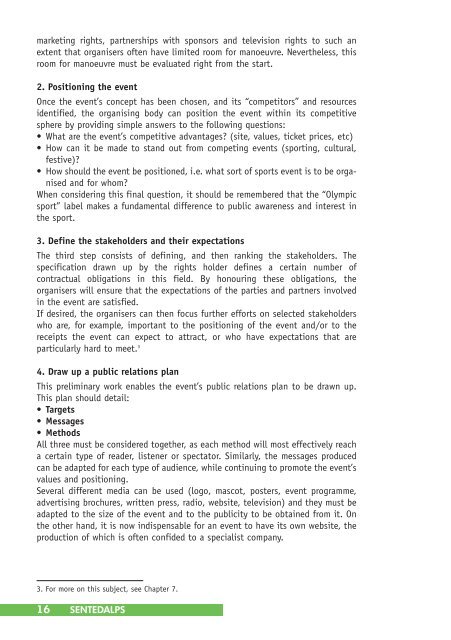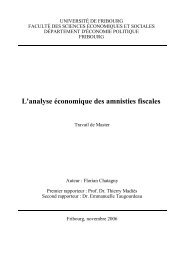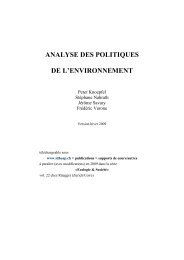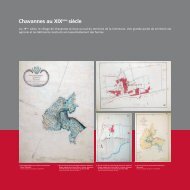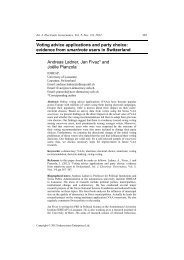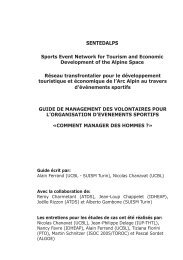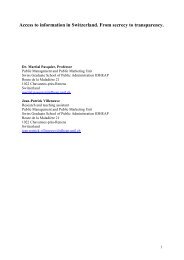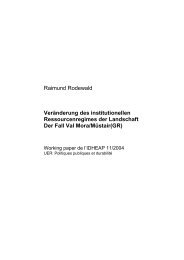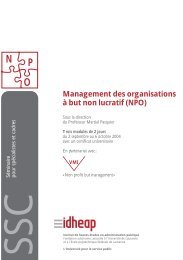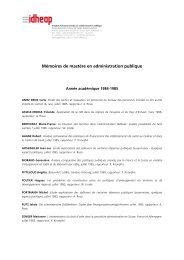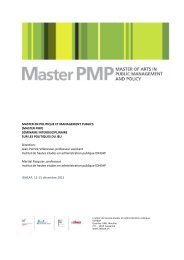organisational functions - Alpine-space.org
organisational functions - Alpine-space.org
organisational functions - Alpine-space.org
You also want an ePaper? Increase the reach of your titles
YUMPU automatically turns print PDFs into web optimized ePapers that Google loves.
marketing rights, partnerships with sponsors and television rights to such an<br />
extent that <strong>org</strong>anisers often have limited room for manoeuvre. Nevertheless, this<br />
room for manoeuvre must be evaluated right from the start.<br />
2. Positioning the event<br />
Once the event’s concept has been chosen, and its “competitors” and resources<br />
identified, the <strong>org</strong>anising body can position the event within its competitive<br />
sphere by providing simple answers to the following questions:<br />
• What are the event’s competitive advantages? (site, values, ticket prices, etc)<br />
• How can it be made to stand out from competing events (sporting, cultural,<br />
festive)?<br />
• How should the event be positioned, i.e. what sort of sports event is to be <strong>org</strong>anised<br />
and for whom?<br />
When considering this final question, it should be remembered that the “Olympic<br />
sport” label makes a fundamental difference to public awareness and interest in<br />
the sport.<br />
3. Define the stakeholders and their expectations<br />
The third step consists of defining, and then ranking the stakeholders. The<br />
specification drawn up by the rights holder defines a certain number of<br />
contractual obligations in this field. By honouring these obligations, the<br />
<strong>org</strong>anisers will ensure that the expectations of the parties and partners involved<br />
in the event are satisfied.<br />
If desired, the <strong>org</strong>anisers can then focus further efforts on selected stakeholders<br />
who are, for example, important to the positioning of the event and/or to the<br />
receipts the event can expect to attract, or who have expectations that are<br />
particularly hard to meet. 3<br />
4. Draw up a public relations plan<br />
This preliminary work enables the event’s public relations plan to be drawn up.<br />
This plan should detail:<br />
• Targets<br />
• Messages<br />
• Methods<br />
All three must be considered together, as each method will most effectively reach<br />
a certain type of reader, listener or spectator. Similarly, the messages produced<br />
can be adapted for each type of audience, while continuing to promote the event’s<br />
values and positioning.<br />
Several different media can be used (logo, mascot, posters, event programme,<br />
advertising brochures, written press, radio, website, television) and they must be<br />
adapted to the size of the event and to the publicity to be obtained from it. On<br />
the other hand, it is now indispensable for an event to have its own website, the<br />
production of which is often confided to a specialist company.<br />
3. For more on this subject, see Chapter 7.<br />
16 SENTEDALPS


